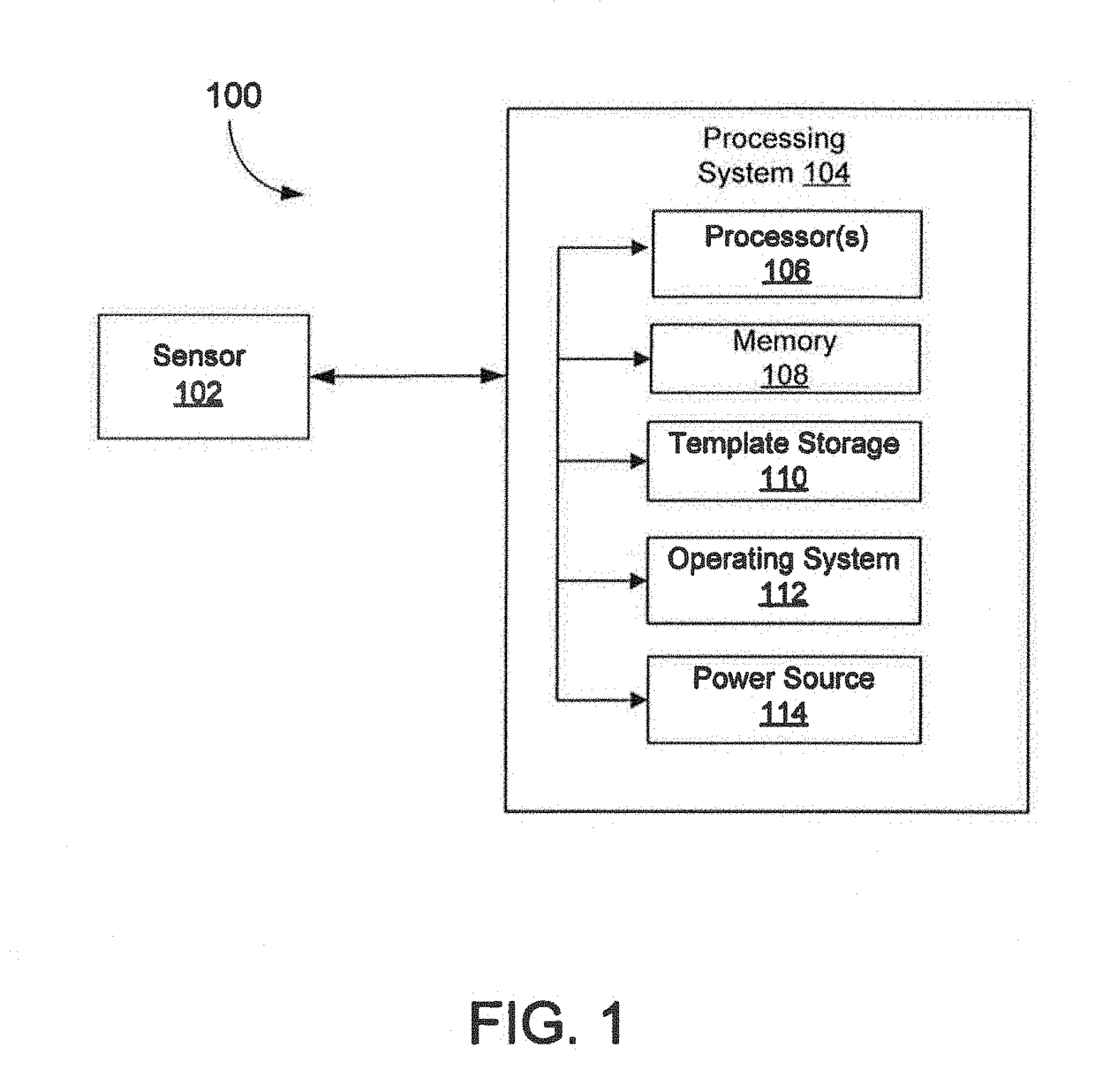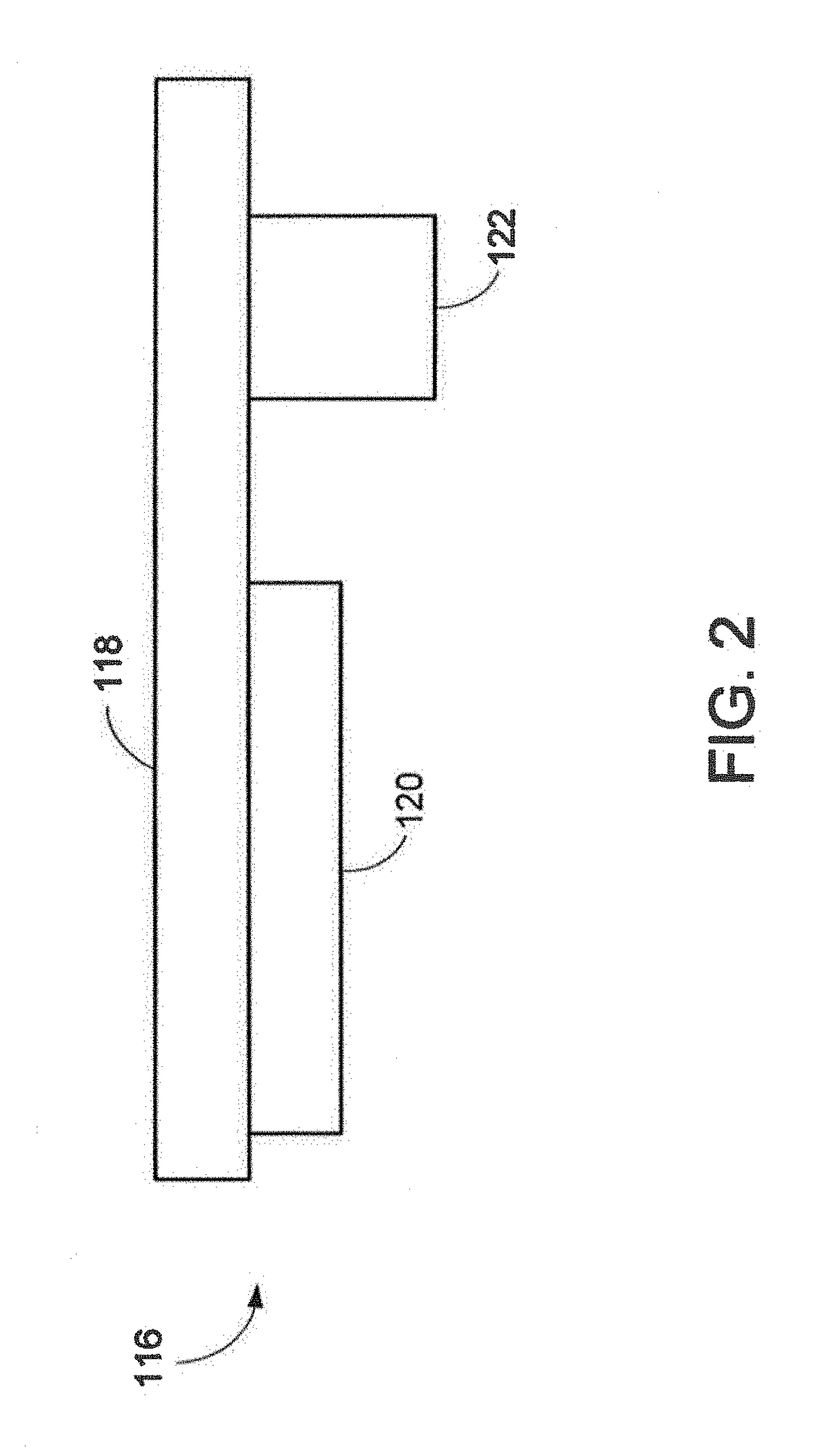Biometric sensor with diverging optical element
a technology of optical elements and biometric sensors, applied in the field of optical sensors, can solve the problems of reducing the user experience, affecting the user experience, and difficult to form a flush surface on the face of the device, so as to improve the effect of aperture, reduce blurring effect, and preferentially remove contributions
- Summary
- Abstract
- Description
- Claims
- Application Information
AI Technical Summary
Benefits of technology
Problems solved by technology
Method used
Image
Examples
Embodiment Construction
[0026]The following detailed description is exemplary in nature and is not intended to limit the invention or the application and uses of the invention. Furthermore, there is no intention to be bound by any expressed or implied theory presented in the preceding technical field, background, summary, brief description of the drawings, or the following detailed description.
[0027]Turning to the drawings, and as described in greater detail herein, embodiments of the disclosure provide methods and systems to optically image an input object such as a fingerprint. In particular, a method and system is described wherein an optical sensor includes an array of diverging optical elements combined with an array of apertures, or aperture array, which operate as a light conditioning layer, interposed between a light illumination layer and an image sensor array. Transmitted light from the illumination layer reflects from an input object in a sensing region above a cover layer. The reflected light i...
PUM
 Login to view more
Login to view more Abstract
Description
Claims
Application Information
 Login to view more
Login to view more - R&D Engineer
- R&D Manager
- IP Professional
- Industry Leading Data Capabilities
- Powerful AI technology
- Patent DNA Extraction
Browse by: Latest US Patents, China's latest patents, Technical Efficacy Thesaurus, Application Domain, Technology Topic.
© 2024 PatSnap. All rights reserved.Legal|Privacy policy|Modern Slavery Act Transparency Statement|Sitemap



